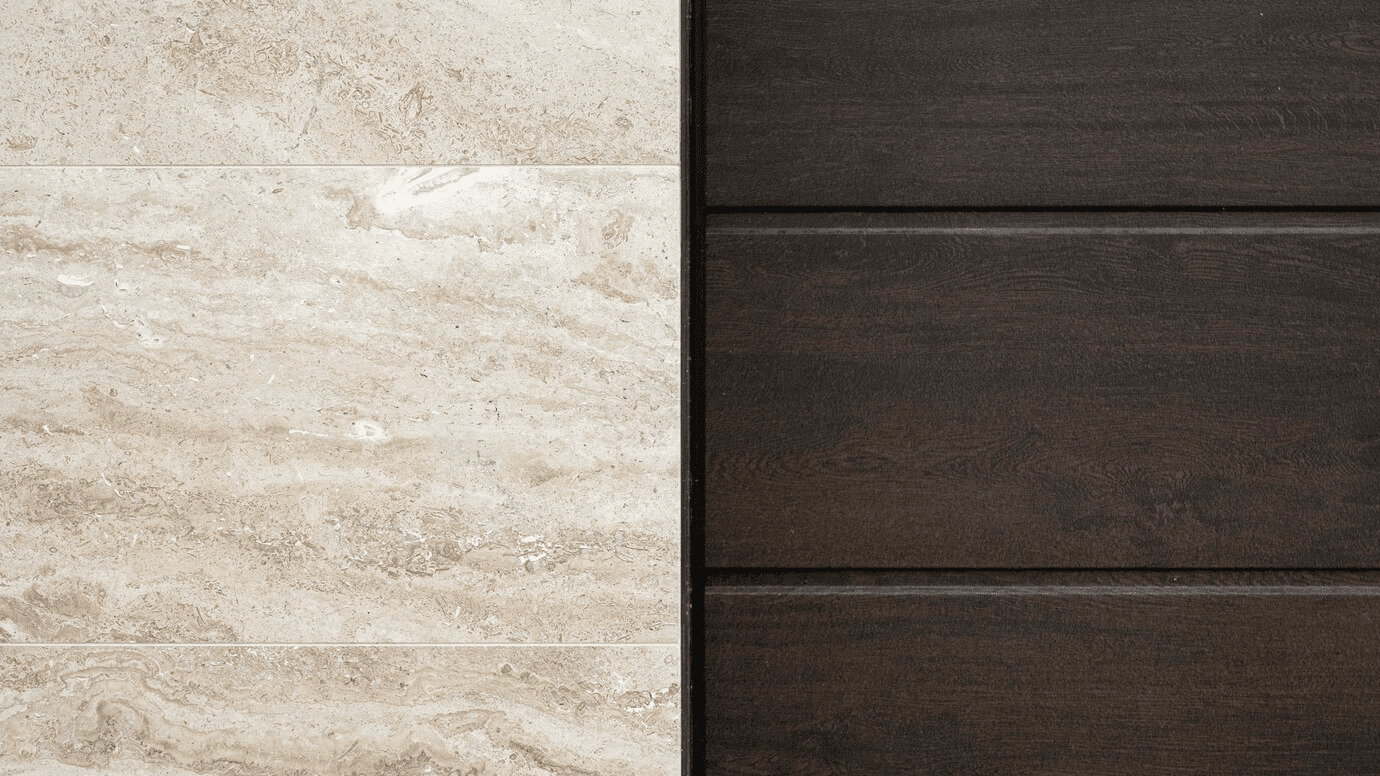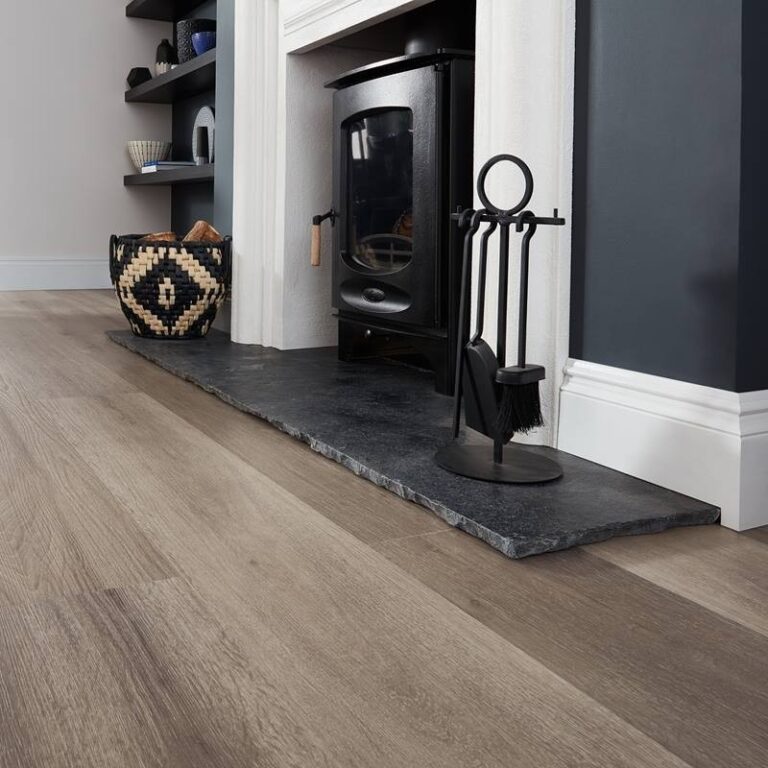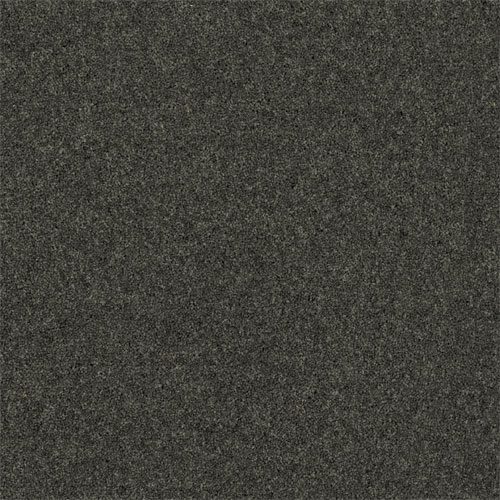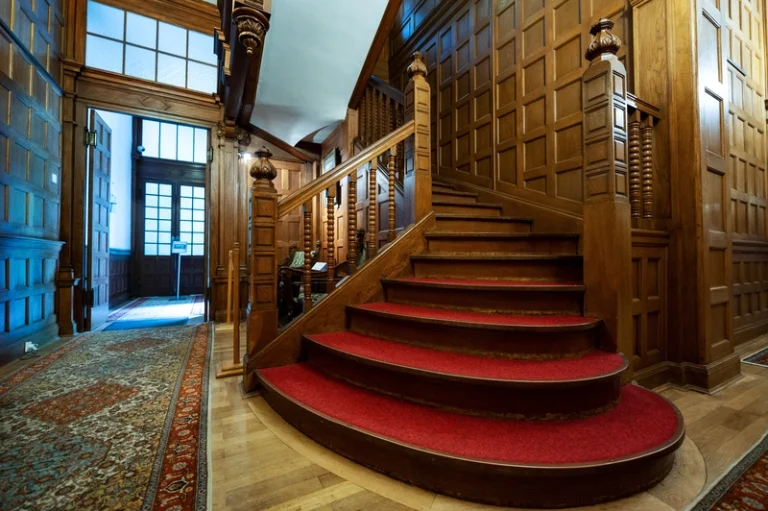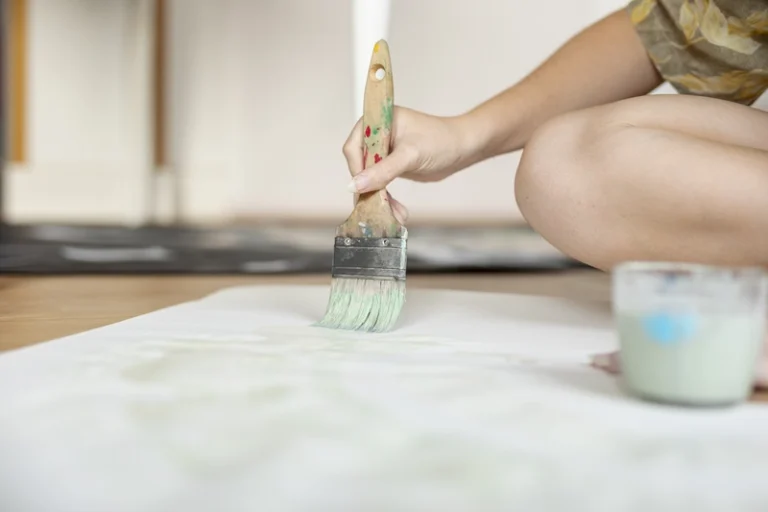Combining tile and wood flooring is a great way to add visual interest and texture to your home.. Renowned for its durability and ease of cleaning, tile proves ideal for areas of high footfall, such as kitchens and bathrooms. Meanwhile, wood flooring imbues a space with warmth and invites comfort, offering a note of sophistication to any room.
When embarking on this design endeavour, several key considerations come into play. Firstly, meticulous selection of materials is paramount, ensuring they harmonise effectively in terms of colour, style, and texture. Additionally, careful consideration of the spatial layout is vital. By adhering to these guiding principles, you can seamlessly combine tile and wood flooring, creating a space that is both aesthetically pleasing and stylishly executed.
Tile and Wood Flooring
Tile and wood flooring offer distinct advantages, both in terms of material properties and aesthetic appeal. However, when considering combining them in your home, unlocking the full potential of this design choice lies in understanding the diverse types and unique characteristics of each.
Whether it’s the timeless elegance of ceramic tiles or the warm charm of engineered wood, knowing their strengths and limitations ensures a harmonious blend that meets your specific needs and preferences.
Tile flooring types and characteristics :
- Ceramic tile: Made from clay and fired at high temperatures, ceramic tile is a versatile and affordable option available in a wide range of colours, patterns, and finishes.
- Porcelain tile: A denser and more durable type of ceramic tile, porcelain is ideal for high-traffic areas and is resistant to moisture, stains, and scratches.
- Natural stone tile: Crafted from materials such as marble, granite, limestone, or slate, natural stone tile offers a luxurious and unique look but requires more specialized care and maintenance.
Wood flooring types and characteristics :
- Hardwood flooring: Composed of solid wood planks, hardwood flooring is a premium choice that offers timeless beauty and elegance. However, it is susceptible to moisture damage and requires regular maintenance.
- Engineered wood flooring: A more affordable alternative to hardwood, engineered wood is constructed with multiple layers and features a real wood veneer on top. It is more stable and resistant to moisture than hardwood, making it suitable for areas prone to water damage.
- Laminate flooring: A budget-friendly option, laminate flooring is not made from real wood but rather a composite material with a photographic image of wood on top. It is easy to install and maintain but lacks the authenticity and durability of real wood.
Read also our guideline: Engineered Wood Flooring VS Laminate, Which One Is The Best?
How to Combine Tile and Wood Flooring
The combination of tile and wood flooring within a home is a popular design choice, often implemented to cater to specific room requirements or aesthetic preferences. While separate application in distinct areas or rooms is a common approach, the integration of these materials into a single, patterned floor is also a viable option. This guide outlines the steps involved in successfully combining tile and wood flooring within your home.
1. Choose the right tile and wood flooring
The first step on how to combine tile and wood flooring is to detail what kind of flooring your rooms need. Then plan the design pattern that you want. Choose the right tile and wood flooring materials, colour, durability and patterns.
2. Measure, mark and cut the tile and wood flooring
After you are done choosing your flooring, then measure your room. Give a mark of the area in which the tile and the wood will be installed, and cut the tile or wood flooring. If you feel that how to combine tile and wood flooring is too hard for you, you can use an installation service.
3. Lay the tile and wood flooring
Before laying the flooring, please make an underlayment for your wood flooring. Especially if you put your wood flooring in the high-moisture rooms. If the underlayment is installed correctly, lay the flooring.
4. Apply Grout
For the tile flooring installation, use grout to seal the gap between the tiles. What about the wood flooring? One of the considerations for combining tile and wood flooring is height or thickness, which tile and wood flooring have different thickness or height. What can I put between the tile and the wood flooring? One tool that you can use is Transition Strips.
What can I put between the tile and the wood floor?
Transition Strips are a material transition moulding that is used between two different flooring so the floor can appear smooth and functional. If you have children or small pets, it is recommended to have transition strips between tile and wood flooring.
Wood and Tile Combination Flooring Ideas
Having considered the key principles of combining tile and wood flooring, here we present a selection of tile and wood flooring combinations to infuse your home with character and style.
1. Versailles Pattern

Source: Pinterest
The Versailles pattern is inspired by the Palace of Versailles. This pattern will give you a unique yet traditional look. As its name suggests, this pattern is also versatile and you can combine them with various colours.
2. Big Squares Pattern
Source: Pinterest
If you want to give a “statement” to your guest or make your home entrance look bigger, you can use a big square porcelain tile with bright colours and combine them with dark wood colours like the picture above. This technique is also suitable for big rooms such as ballrooms, dining rooms, or meeting rooms.
3. Hexagon Pattern
Source: Pinterest
This pattern is usually used in kitchen and bathroom areas. The contrast is also a good way to combine a clean and natural look for your rooms. Aside from this pattern, you may give more attention to preparing, measuring, and cutting the flooring.
Combining tile and wood flooring offers both aesthetic and practical benefits. Tile’s durability and easy cleaning make it ideal for moisture-prone areas like kitchens and bathrooms, while wood adds warmth and character to living spaces and bedrooms.
Whether you utilize tile in separate rooms or create stunning borders within the same space, consider your home’s style when selecting materials. Classic styles pair well with traditional tiles and woods, while contemporary spaces might opt for modern options.
TEKA Flooring’s extensive collection boasts a diverse range of wood flooring styles, textures, colors, and types. Our expert team is ready to guide you in creating the perfect combination for your unique vision. Contact TEKA Flooring today for a free consultation and estimate or visits our Flooring Store in Peterborough now!







